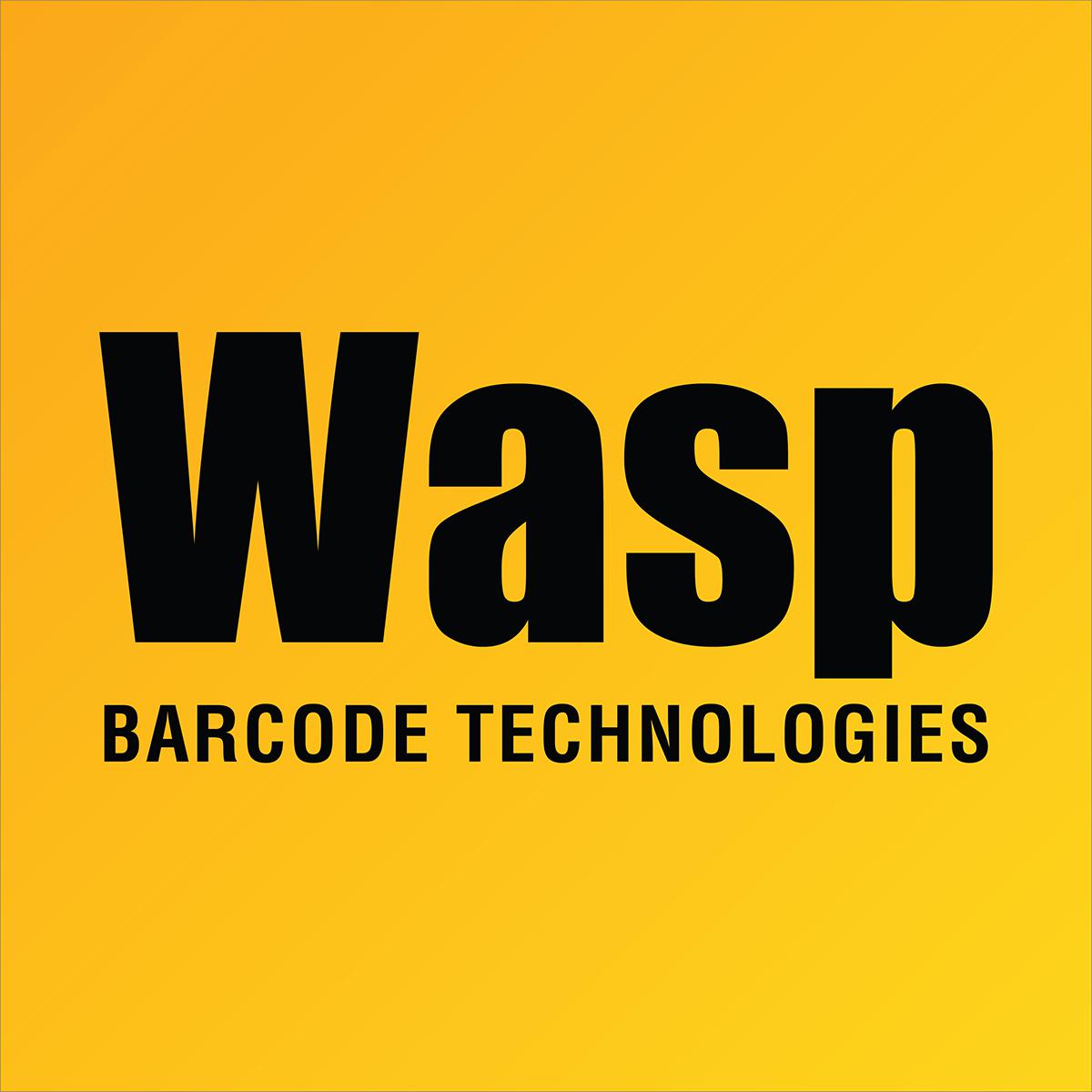We have a new utility that will extract the attachments from your Assets and Asset Types in MobileAsset, or from the Items in InventoryControl, and then import those files into AssetCloud or InventoryCloud.
This feature is not available with the Basic Edition of the software. To find which edition you are using, check your invoice or log into the software and navigate to (?) > About
Download the utility from this link:
https://dl.waspbarcode.com/wasp/supportfiles/BulkAttachmentTool1.6.2.zip
Extract the file, then open the Release folder and run BulkAttachmentImporter.exe
To export the attachments from your old program:
1. On the Main Export Operation tab, select the form you want to extract the attachments from, Asset, Asset Type, or Item.
2. Click the link to download the appropriate Microsoft Command Line Utilities for your version of Windows. Most users will need the x64 version, but if you are still using 32 bit Windows, use the x86 link instead. After downloading, run the installation file and follow the on-screen instructions to complete that process.
3. Select the correct application, MobileAsset or InventoryControl, then supply your SQL Server Name, Database User Name, and Database Password. The default username and password are:
username: sa
password: Wasp$07Wasp$07
Database name will most likely be WaspTrackAsset for MobileAsset, or WaspTrackInventory for InventoryControl. If you had Enterprise version MobileAsset with multiple databases, enter the correct database name.
4. In Windows, click Start and type bcp into the Search. When it locates the bcp.exe application, right click it and select 'Open file location'. Copy the path from the Explorer window and paste it into the BCP Directory field in the utility.
5. Enter a directory for the File Destination Directory, then click Create CSV File. This process will take several minutes, depending on your data.
To import the attachments to AssetCloud or InventoryCloud
1. First, you must have imported or created the Assets/Asset Types/Items.
2. On the Main Import Operation tab, enter your Tenant URL.
3. To obtain the Token, open your Users list and edit one of your users in the Administrator role to be used for the import. Check the box "Make User an api user to generate access token". Use the calendar button to select an API Token Expiration Date, then click Generate Token. It will populate the text field on that screen with the token data, as well as bringing up a Save window to allow you to save the token for reference. Copy the entire token string and paste it into the Token field in the utility.
4. Select the correct Form to import data into, Asset, Asset Type, or Item, and select the correct Application, AssetCloud or InventoryCloud.
5. Enter the path and file name or click Browse to select the first attachment file from the previous steps.
6. Leave "First row contains columns headers?" unchecked, and click Import. Any errors will appear in the Result window as the progress meter fills up, and when it is complete, it will show OK.
7. The attachment files will be named as AssetAttachments0.csv, AssetAttachments1.csv, etc, so you can quickly alter the number for the next file rather than going back through the Browse, then click Import again. The files should be numbered 0-9, but verify in the folder where they were created.
The old programs allowed some file types that are not supported in the new Cloud products, including Bitmap images (.bmp) and email (.msg). If there are errors due to unsupported file types, it will tell you which Assets or Items are affected, so you can manually retrieve those attachments from the old program to convert to a supported file type and manually upload, if necessary.



